March 17th is St Patrick's Day. It is celebrated widely in America and Ireland where it is a Catholic Holy Day. But who was St Patrick?
There is no evidence for when Patrick was born but he was Romano- British from a wealthy family probably from Northern Britain. He is believed to have been kidnapped by marauding Irish slavers/ pirates when he was a teenager. These raids by the Irish were common on British land at this time. While he was in Ireland, he found that prayer helped him to survive. He stayed there as a slave, working tending the animals but eventually escaped back to England. After being welcomed by his family he became a Christian, then a priest and then became a Christian missionary into Ireland during the 5th or 6th century.


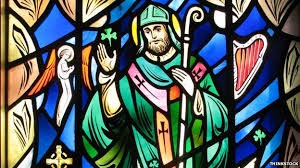
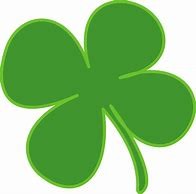
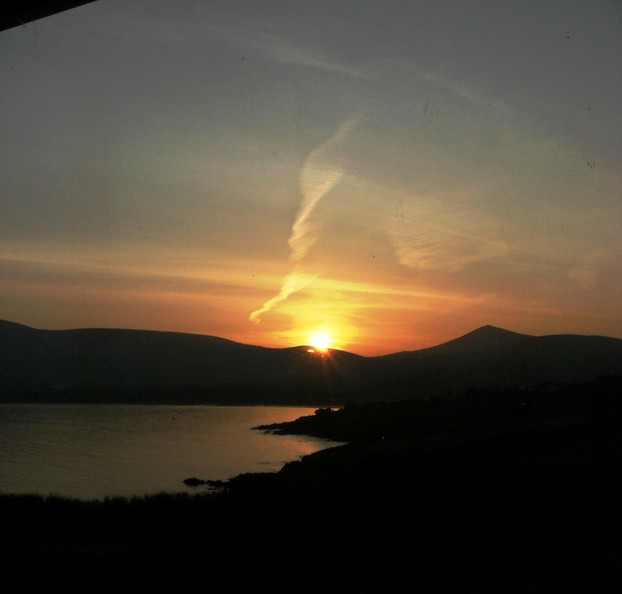
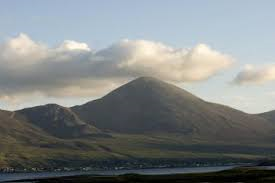
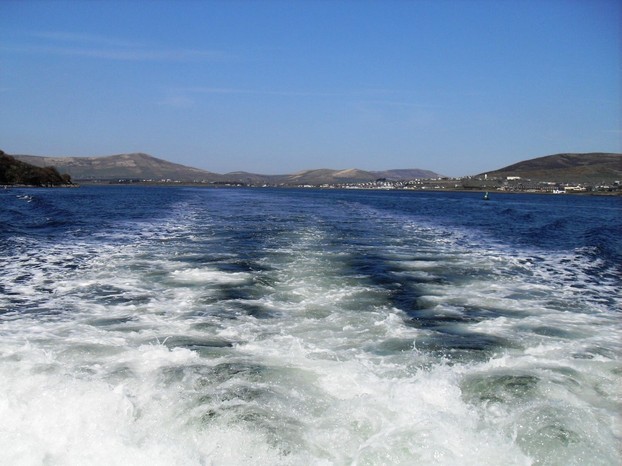


 Blarney Castle and Gardens, County Corkon 06/01/2023
Blarney Castle and Gardens, County Corkon 06/01/2023
 An Cóbh, Corcaigh, Eireon 05/29/2023
An Cóbh, Corcaigh, Eireon 05/29/2023
 Dublin ; The Book of Kellson 04/04/2023
Dublin ; The Book of Kellson 04/04/2023
 The Bee Tree Community CIC;- an online support communityon 08/24/2022
The Bee Tree Community CIC;- an online support communityon 08/24/2022
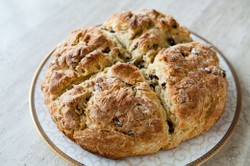
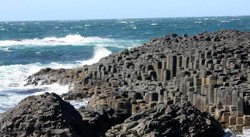
Comments
Your St. Patrick's Day fare of "Corned beef and cabbage soup, Bangers and mash (Sausages and mashed potatoes), Bailey's Irish cream cheesecake (no bake cheesecake)" is delicious!
But what is a traditional cold drink and what is a traditional hot drink?
(Might the traditional hot drink be GREEN tea ;-D? Unitedstatesians St. Patrick's Day celebrants make green beer, milk and shakes, but nothing hot, not even green coffee!)
Derdiu
You have not lived if you have not tasted Bailey's! Cheesecakes would be made usually for special days and events.
My St Patrick's Day observations have included what you mention under your subheading St Patrick's Day Traditional Fayre.
Well, almost.
Previous meals included cabbage soup and corned beef and mashed potatoes and sausages.
But they always lacked the Bailey's Irish cream no-bake cheesecake.
Was the cheesecake traditionally homemade or was it store-bought?
If the latter, Bailey's would have made the recipe available somewhere, right?
FRANK
YES INDEED, cabbage is certainly more traditionally Irish.
More traditionally Irish than corned beef is pork. The Irish peasants kept pigs. Cattle were used for dairy production or sold to markets in Britain, so home-produced beef was limited.
Cabbage is not always popular now, but it is easy to grow and grows well in alkaline soils, as it favours a pH of 7 to 7.5, though it is comfortable with one of 6.5, so most Irish soils, except the boggy soils, which are acidic, are suitable for it. Cabbage is a vegetable which grows well in coastal locations, as it can tolerate salty winds, so it will grow well in exposed parts of western Ireland.
Tossing cabbages and potatoes is unknown this side of the pond. It isjj certainly not done at the Manchester Irish Festival..
Bsg
Ty for commenting.
I doubt that the Irish now would have corned beef, cabbage and potatoes. Many want to leave these vestiges of poverty behind.
Here people have parades and toss cabbages, potatoes, and even oranges to the crowd. The tradition is corned beef and cabbage, although we have heard that the Irish do not partake of corned beef and cabbage as a customary meal on Saint Patrick's Day. This happens the weekend before Saint Patrick's Day. The next weekend is the Irish-Italian parade, celebrating saints Patrick and Joseph, march 17 and 19, and packs of speghetti, onions, and garlic are alos tossed. It actualy becomes difficult to find cabbage in the stores because so much is bought days earlier for the parades.
St Patrick's Day is in 11 days' time. We do not really do much for it. But for those who like to, here above are a few ideas for some traditional foods .
I like proper Irish stew which i had in Galway. Delicious. Soda bread is gorgeous with soup and cash, Blue is just gorgeous.
I am attending Frank's son's wedding in Ireland in June and am looking forward to some good food.